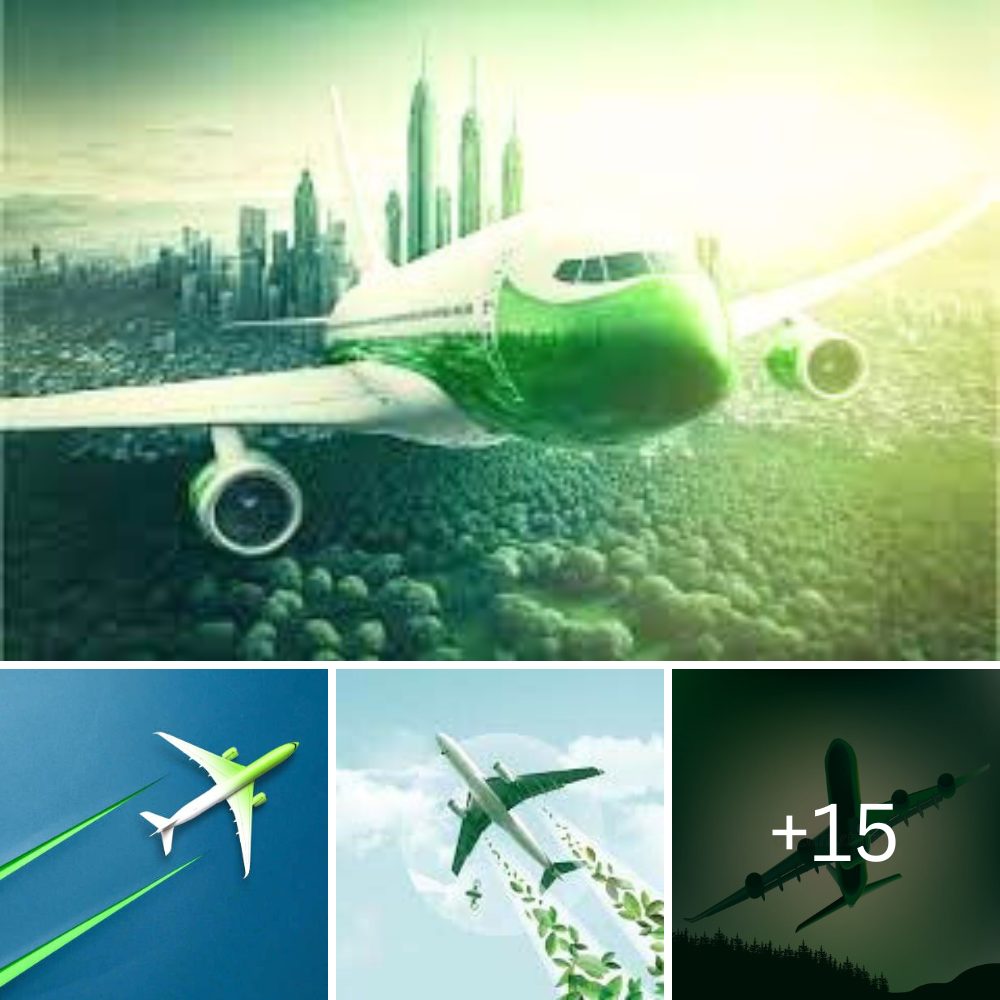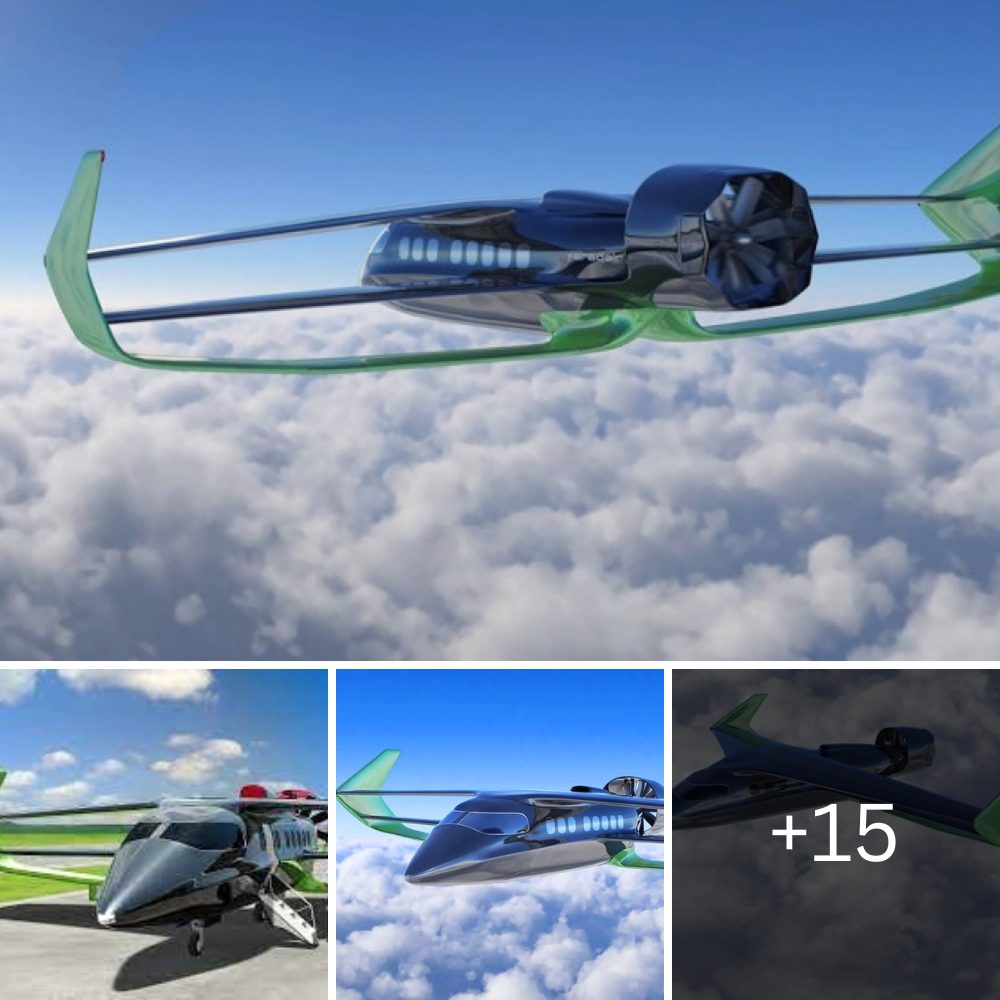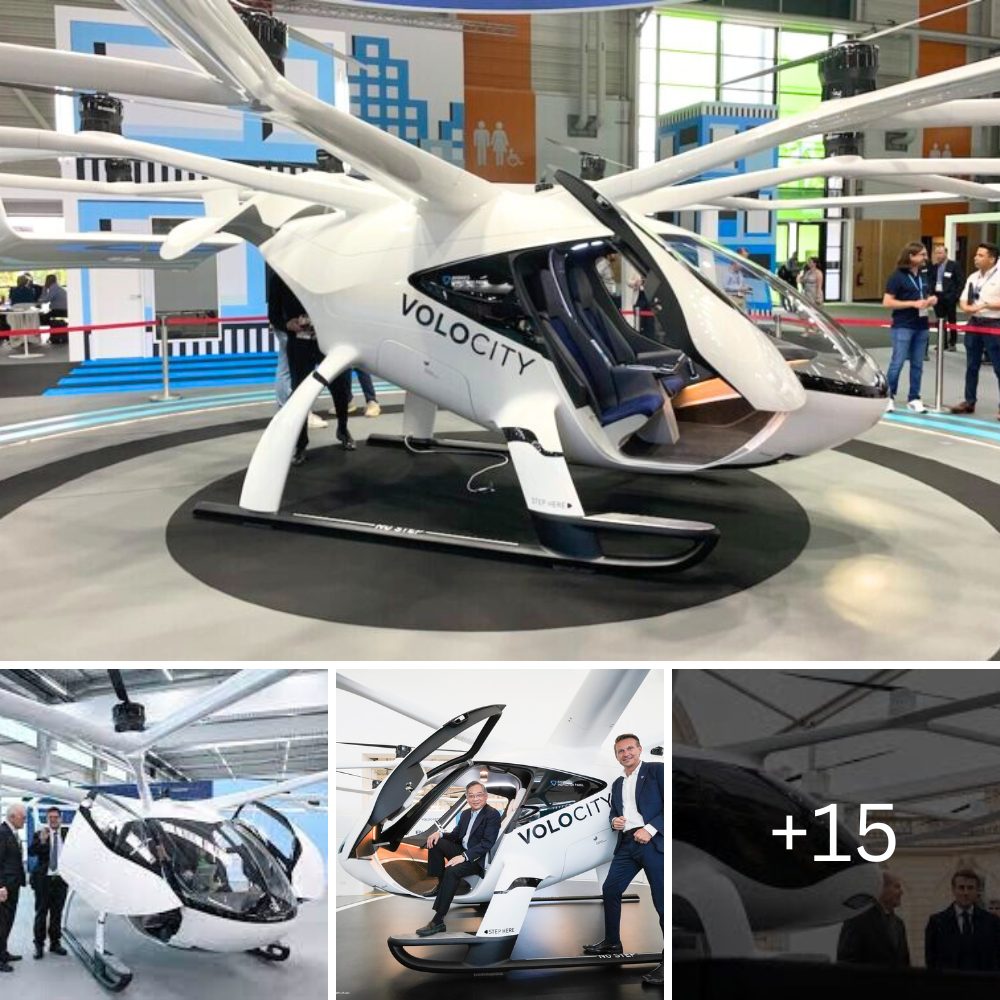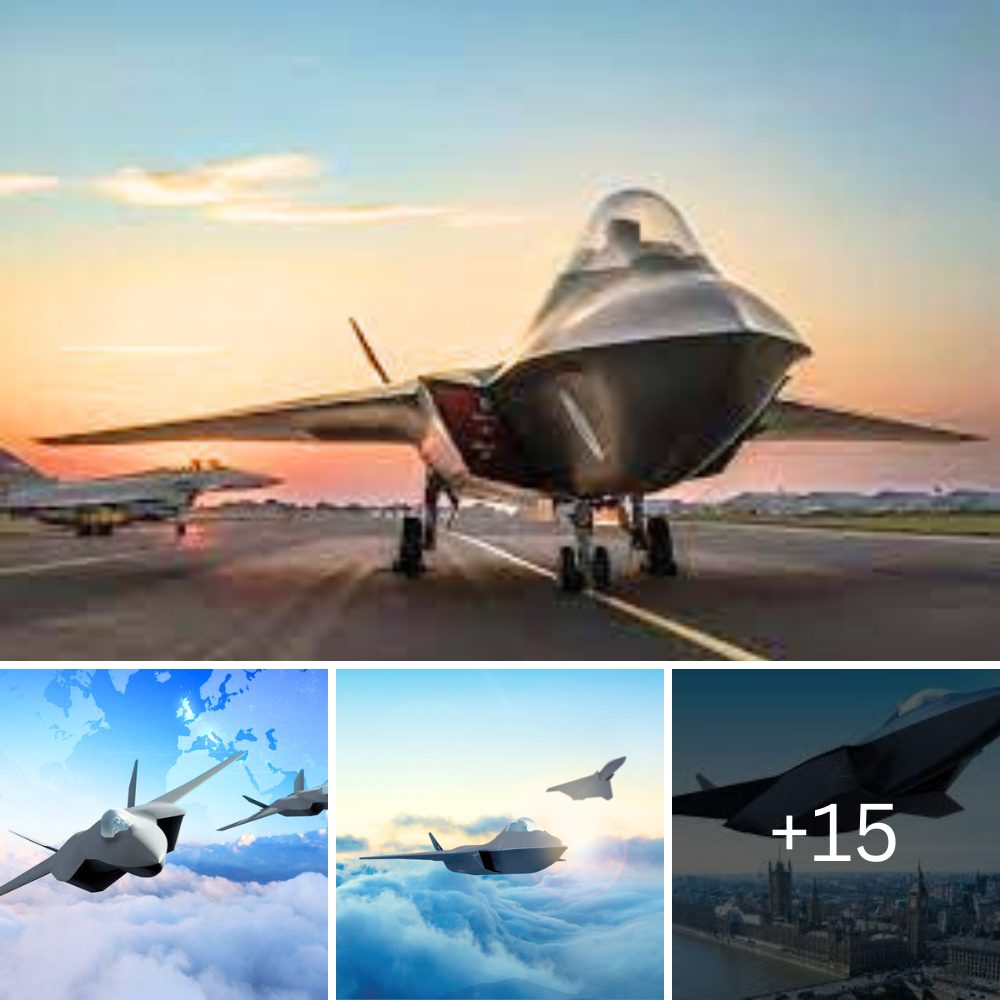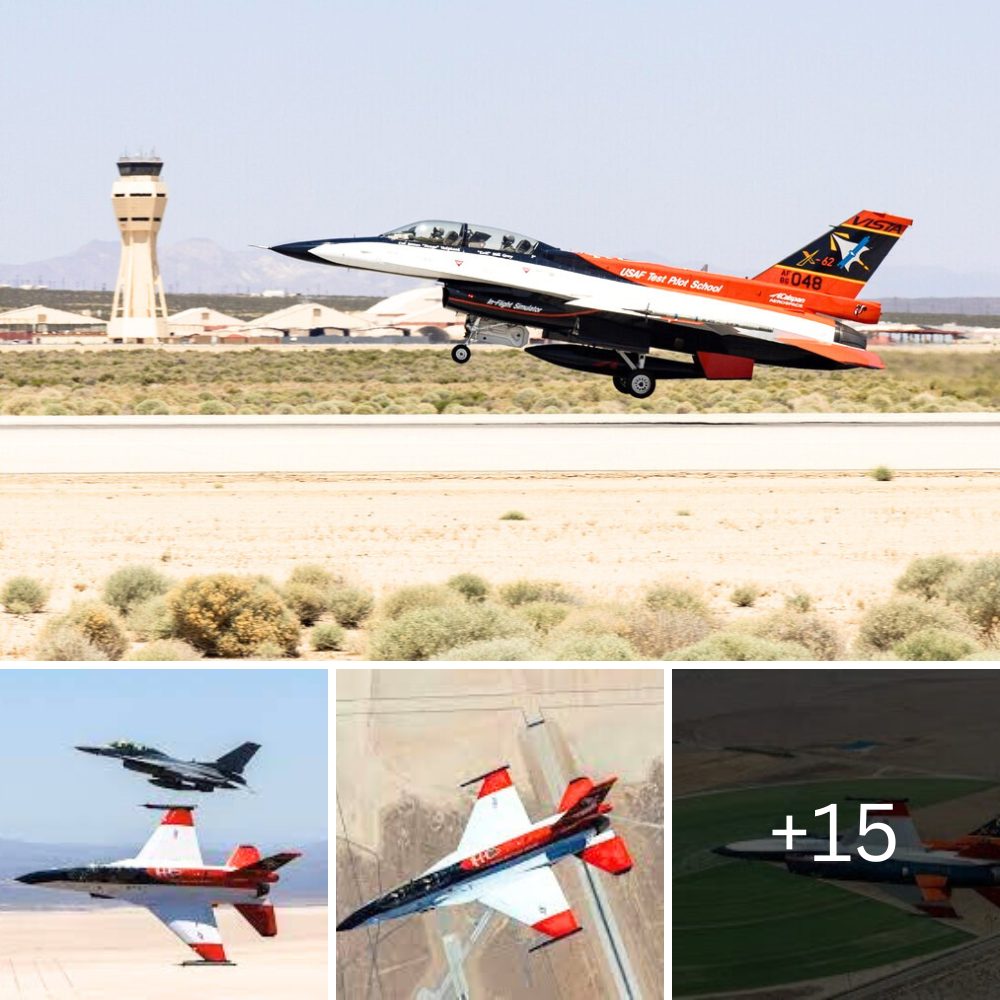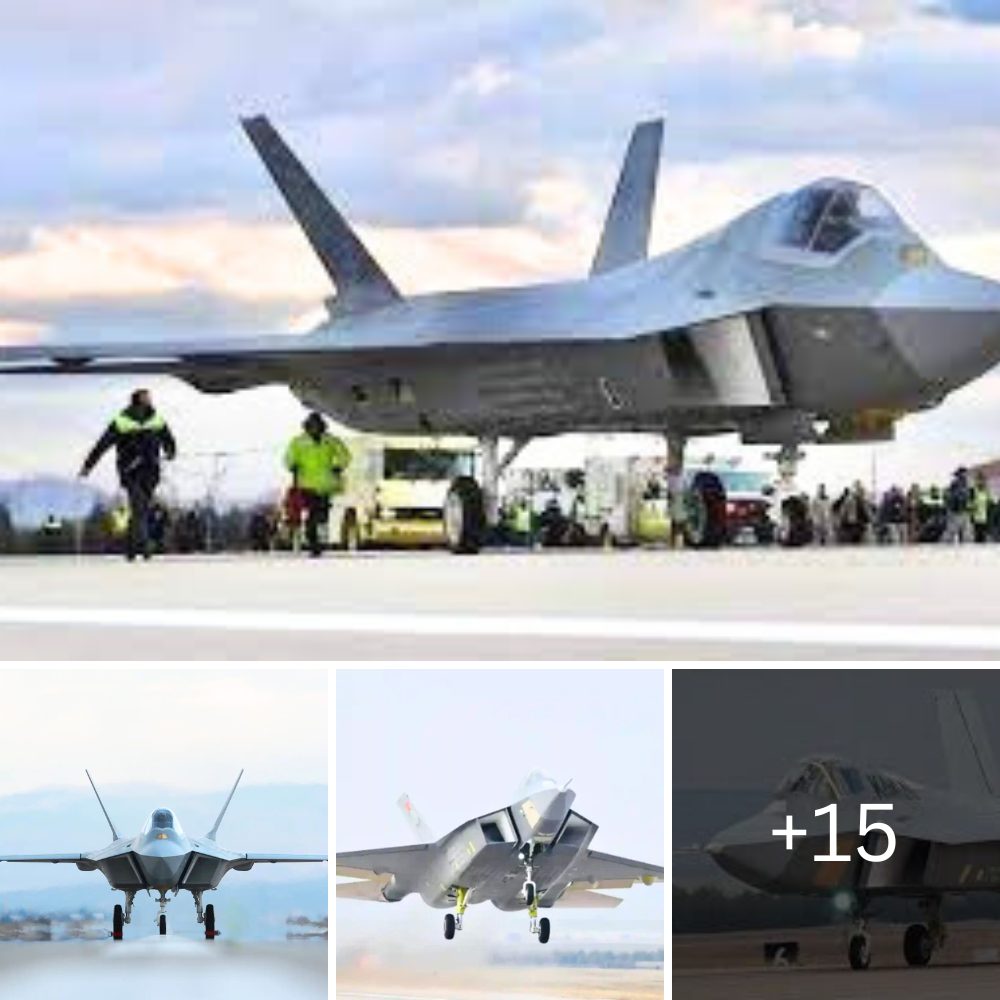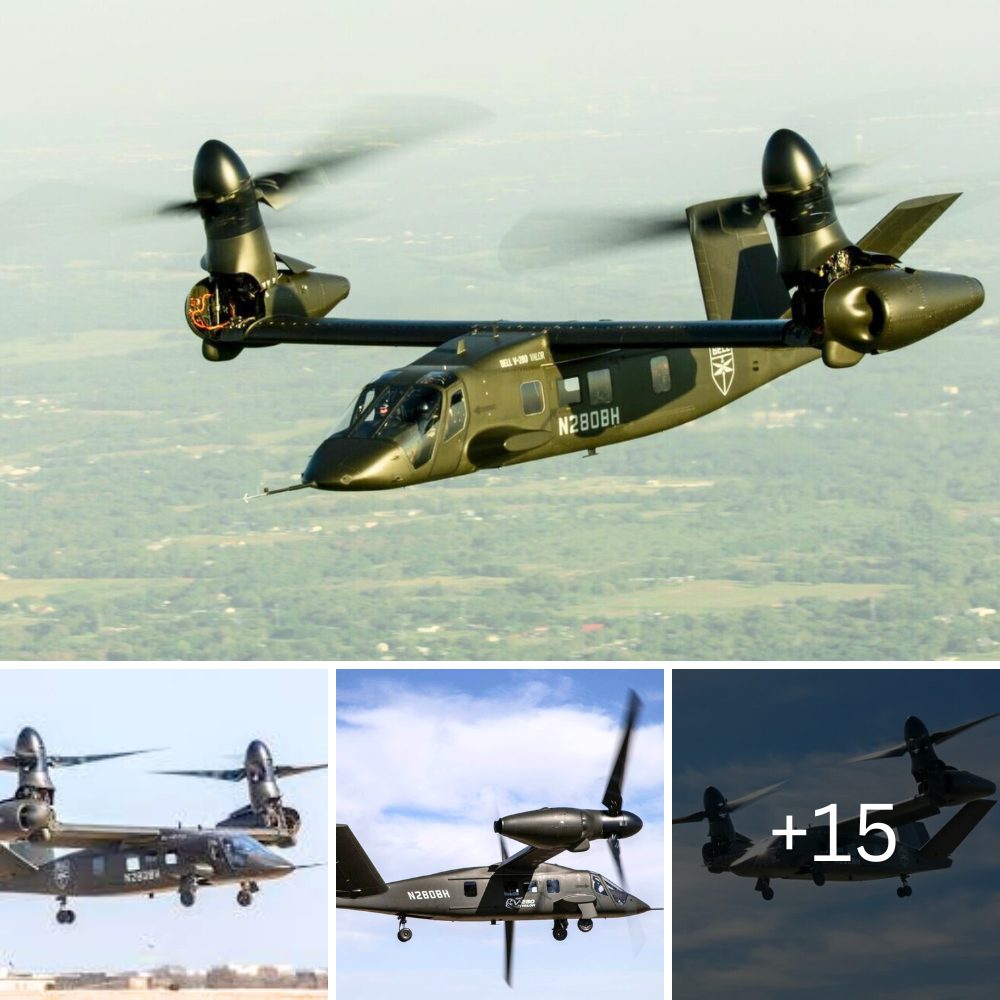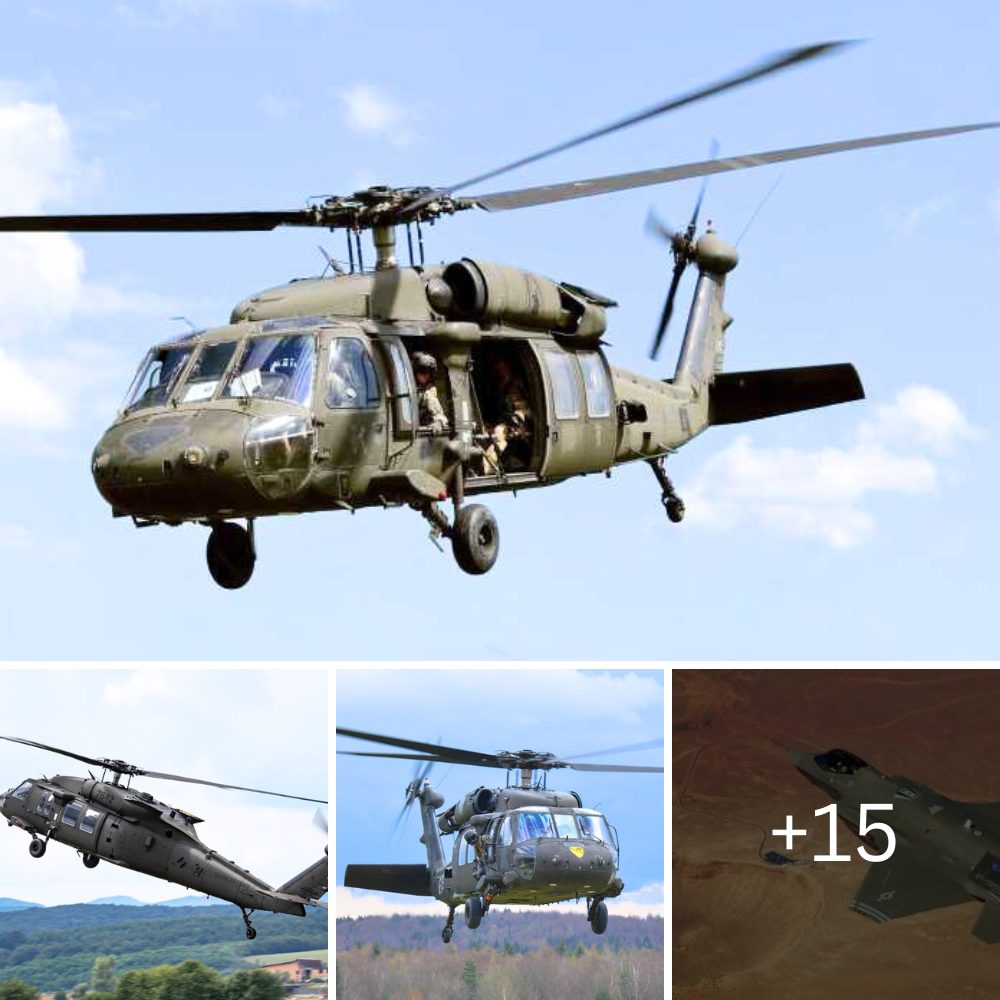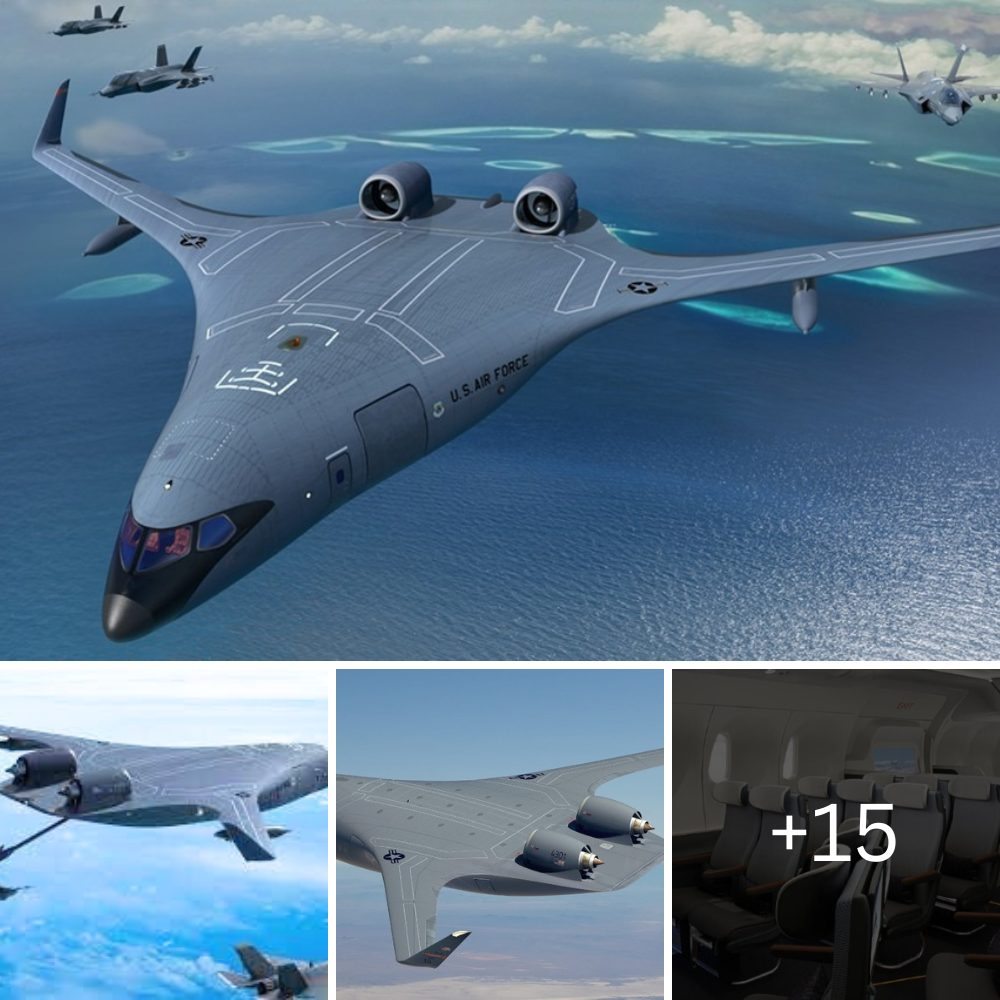The plane was designed to achieve Mach 2, making it faster than the Concorde
It would accommodate up to 250 passengers
Boeing spent over $1 billion on this project, but it was eventually scrapped
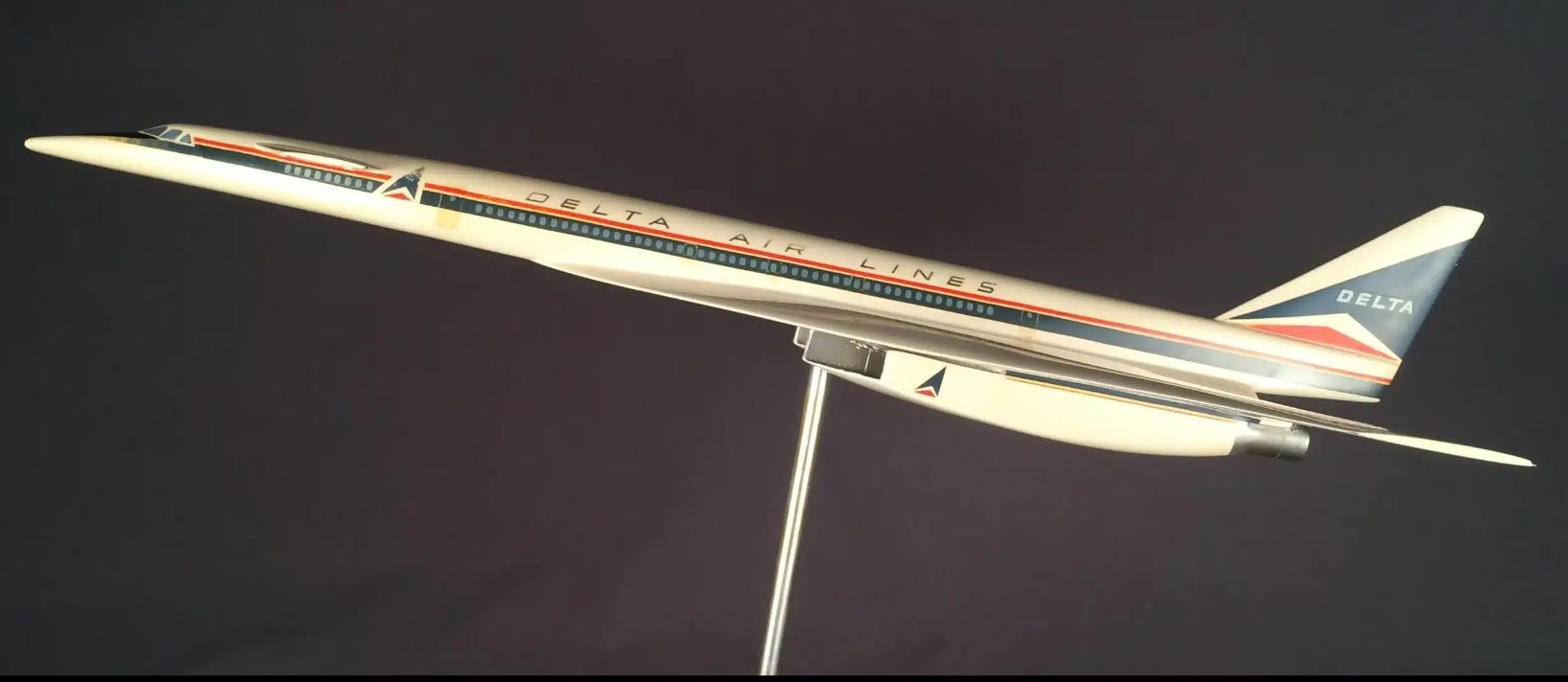
There’s been a lot of talk about revamping supersonic travel 20 years after the demise of Concorde.
So far, we’ve seen potential Concorde successors built by private companies as well as NASA.Boeing isn’t having its best moment amid safety concerns regarding 737s, but it is still one of the largest aerospace companies.
In the 1960s, the American corporation began working on a potential rival for Concorde.
It would’ve been faster than Concorde, as it could theoretically reach Mach 2.
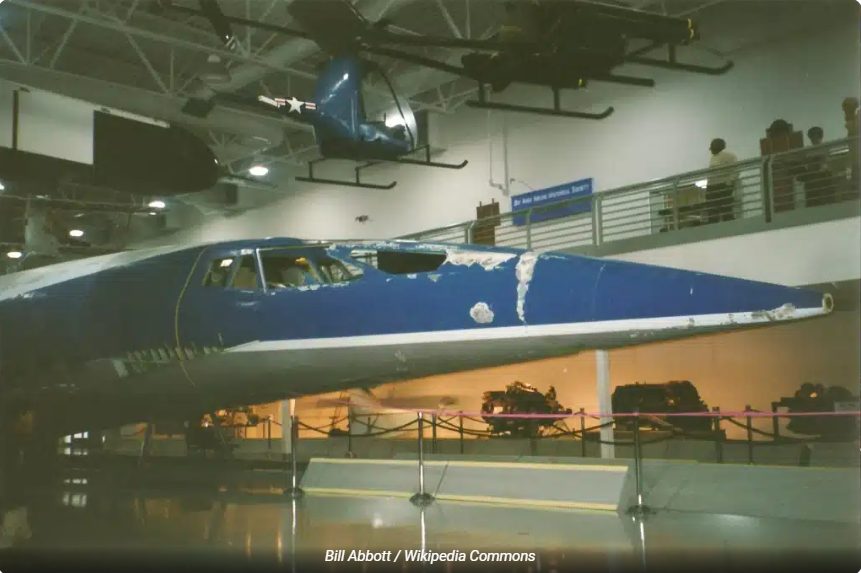
The Boeing 2707 was going to give Concorde a run for its money with a pretty unique set of technical features.
It would be fitted with a delta wing and canard surfaces, and the four engines would be installed at the bottom of the tail.
The goal was to make it much bigger than the Concorde, too.
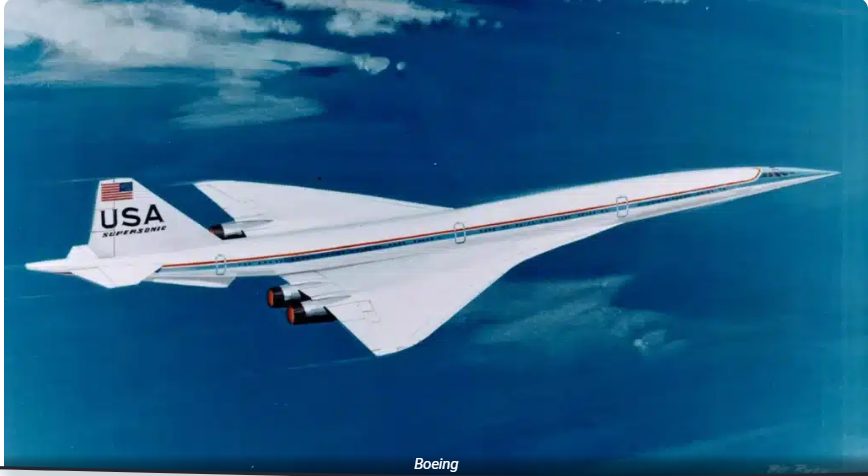
One of many reasons why Concorde failed was its limited capacity – only 100 passengers not including crew.
The 2707 was designed to accommodate 250 passengers, therefore, offering a higher passenger yield and potential profitability.
It all sounded too good to be true, and in fact it was.
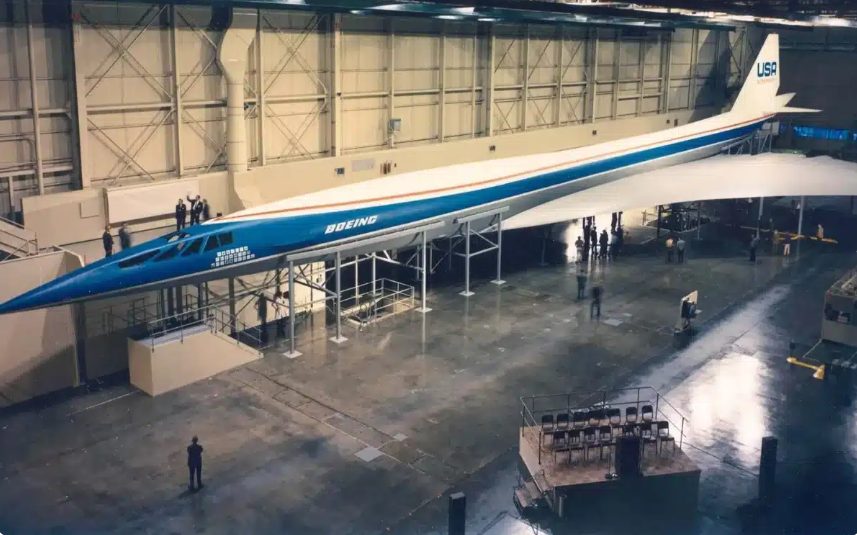
For starters, the 2707 supersonic jet was going to face the exact same challenge Concorde was facing, because the sonic boom was too loud.
So loud, in fact, that some countries actually banned Concorde altogether.
This is a bigger deal than it sounds, because if you can’t fly over this or that country due to noise regulations, it means you have to reroute the journey.
And that means extra cost and extra emissions.

